How ‘Shōgun’ Transformed Vancouver Soundstages and Backlots Into Feudal Japan
- Oops!Something went wrong.Please try again later.
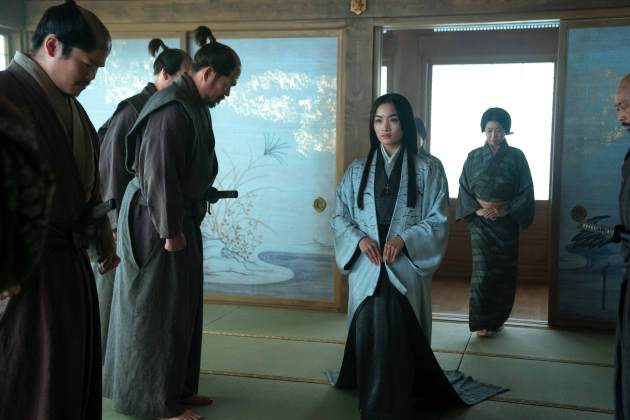
It might seem hard to believe after viewing the series, but “Shōgun” production designer Helen Jarvis had never been to Japan, had never read James Clavell’s nearly 1,200-page novel and she had never before worked on a 10-part TV series when she first came on the FX show.
However, she was determined to bring authenticity when it came to her set building, locations and world of feudal Japan in the year 1600.
More from Variety
'Shōgun' Composers Spent More Than Two Years Composing Four Hours of Music
'The Masked Singer' Reveals Identity of Afghan Hound: Here Is the Celebrity Under the Costume
Whereas the Emmy-winning 1980 miniseries was shot entirely in Japan, the new version was shot in British Columbia — on Vancouver Island and in the suburbs of Vancouver — which added a challenge for Jarvis. “We’re lucky here because we have a similar rugged coastline,” Jarvis says.
As she read through the 10 scripts, she started to imagine how the world would look: “We were going to need a few different backlots to encompass all of the sets, and imagine the sets that are going to have to come apart, get back together again and morph into different interiors.”
In the end, Jarvis ended up transforming two exterior backlots and two soundstages to build the world of “Shōgun,” which included a fishing village, a harbor, royal palaces and samurai houses. With some sets 40 miles apart, Jarvis says, “It was up to visual effects to try to create some establishing shots where we link the two and have a pathway that led from one to the other. They linked the action.”
Jarvis talked with Variety about some of the show’s key sets.
Ships
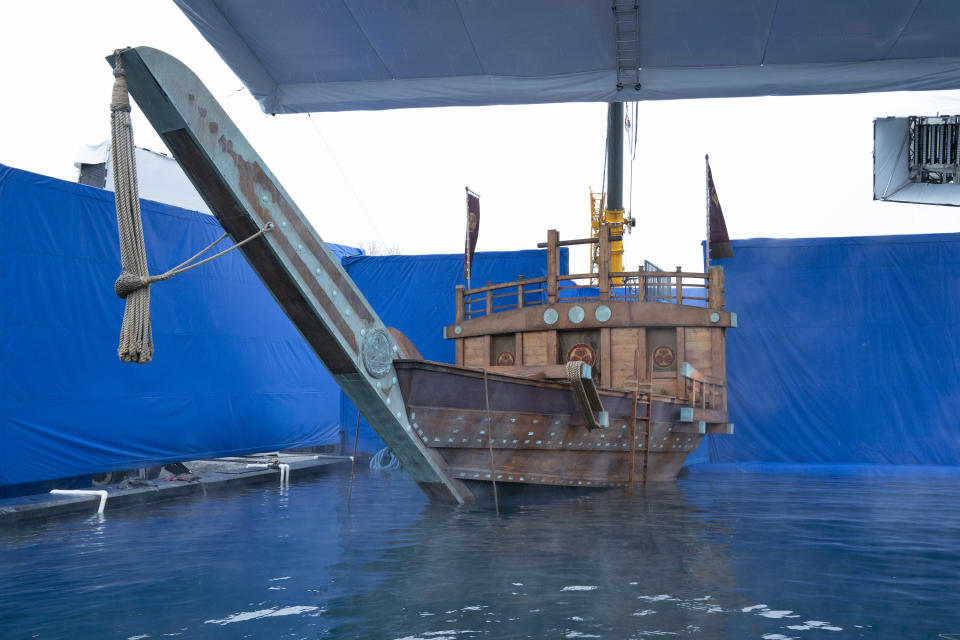
Jarvis started with what was familiar to her. She started with building ships because they “seemed the easiest to approach,” and she had just come off Disney’s “Peter Pan and Wendy.” Says Jarvis, “I knew that we had parts of those ships that were useful, so I earmarked those.”
Further help came from Douglas Brooks, a Vermont-based expert on the art of Japanese boat building. “He was incredibly helpful. He had gone to Japan to teach boat building and knew about wooden hulls.”
With Toranaga’s ship and galley, Jarvis deliberately didn’t design it for warfare. “We wanted it to be more of a coastal cruiser because his story is that he’s trying to avoid warfare.”
She was also tasked with building the Portuguese Black Ships, for the traders who had arrived in Japan, and other Western ships. However, Jarvis didn’t have to deliver entire builds. “We built partials of the ships – the whole of the top deck and half of the below deck. The interior cabins were built on stages.”
The smaller vessels including the fishing boats were built. “Those were more serviceable,” Jarvis explains.
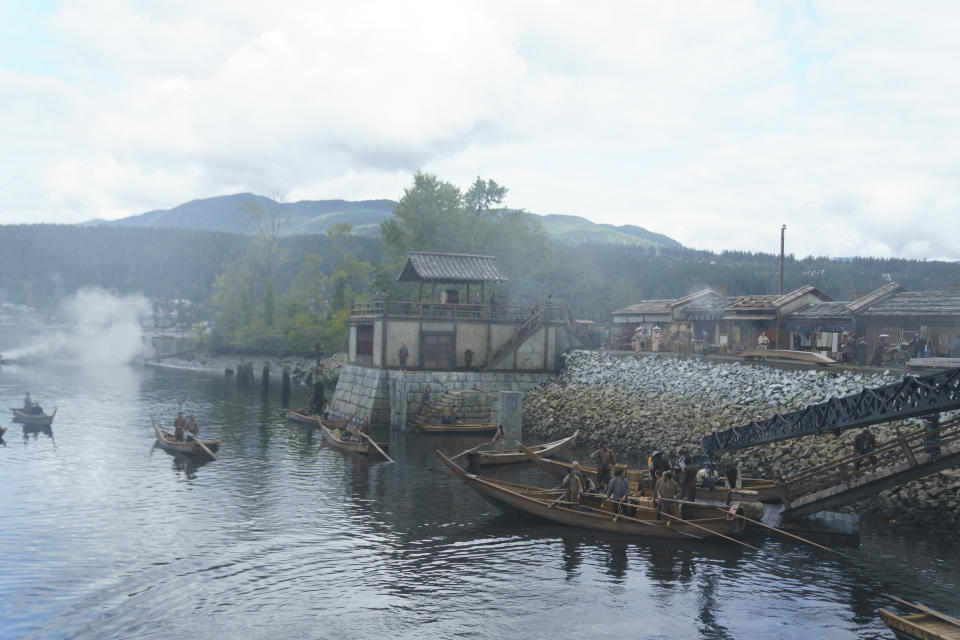
Osaka City and the Fishing Village
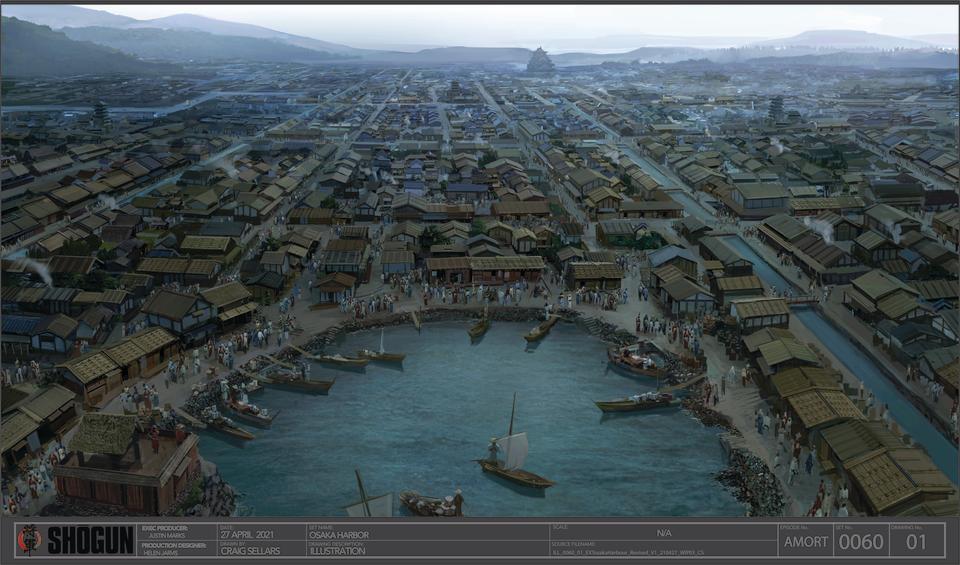
In addition to building the harbor, Jarvis also had to create Ajiro, the fishing village and Osaka.
Says Jarvis, “At the time, Osaka was a significantly large city. It’s a very convoluted coastline. If you look at a contemporary view, it’s mostly built up with concrete with many inlets and there wasn’t one huge harbor as such.” A vacant lot in Vancouver’s Port Moody suburb which sat on the waterfront turned out to be the perfect location to transform. “It had been a man-man inlet made for a cedar factory that had closed ten years ago. This plot was large and had old lumber mill equipment, and the owners let us have the lot for a year.”
The owners were happy to let production use the factory for the duration of the shoot. They disassembled the masses of equipment that existed for Jarvis and her team to take over and build jetties that led onto the water and buildings that wrapped around the inlet. Those buildings were what Jarvis describes as humble. “With the city of Osaka, we would graduate from those buildings that were owned by the fishermen who lived right at the end of the water. The buildings would grow, and as you approach the castle, the houses would get larger and more prestigious.”
The samurai houses were another element that Jarvis took into consideration. Those would be further up the hill, away from the coastline. She built those on another soundstage, paying close attention to the thatching.
“There’s no history of thatching in Canada, but we found terrific artificial thatching from Endureed which is based in Florida and it looks realistic. That enabled us to give a really good look to the samurai houses.”
Jarvis adds that the samurai houses needed to be completely waterproofed due to the gloomy Vancouver weather. “It feels like it lends a lovely texture when we were shooting those houses.”
Osaka Castle
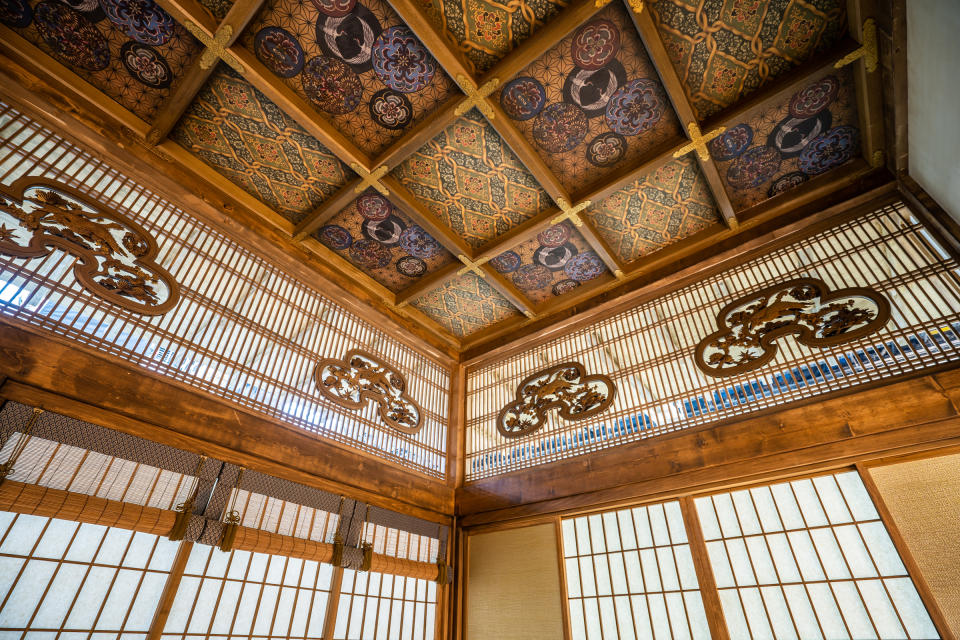
The ceremonial hall in the palace was one of the largest interior Vancouver sets — approximately 180 feet by 110 feet and three stories high. One aspect that stood out to Jarvis was through her research, she noticed modern ceremonial halls had flat ceilings that were relatively low. “I said to Justin (Marks), our showrunner, ‘What if we took away the ceiling? It gives us a lot more lighting opportunities.’ And it was a bit of a cheat, but the rationale was that the city of Osaka is still being built and we got some great lighting effects in the meeting hall. It would have been difficult with a solid low ceiling.”
The rooms were separated throughout with sliding door panels that were each painted. Jarvis estimates she used 700 shoji screens for the production, some of which were decorated in gold leaf or had unique paintings. “They’re all original paintings based on the research we did. We couldn’t hand paint them because it would have been time-consuming,” says Jarvis. “The designs were created digitally and printed on Anaglypta wallpaper, an old-fashioned British embossed paper. For all of our panels, we painted them with a beautiful color with some metallic powders in it, and ran the panels through a very large format printer to print those gorgeous designs.”
In designing the palace, Jarvis also considered the levels of hierarchy of the characters throughout which determined how elaborate the rooms would be.
Jarvis worked closely with the show’s costume designer Carlos Rosario. “I felt always that the sets were going to be a bit of a background for the costumes, so I never did a set that was a strong color because those colors would not have been deployed,” she explains.
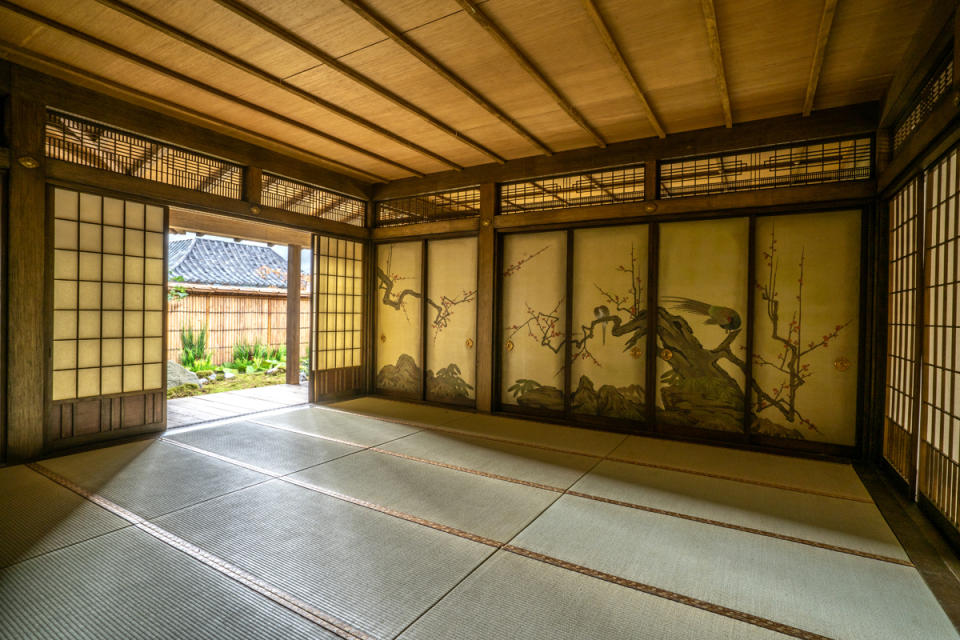
Best of Variety
Sign up for Variety’s Newsletter. For the latest news, follow us on Facebook, Twitter, and Instagram.

